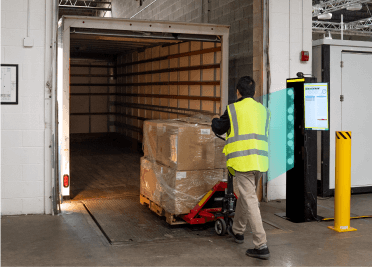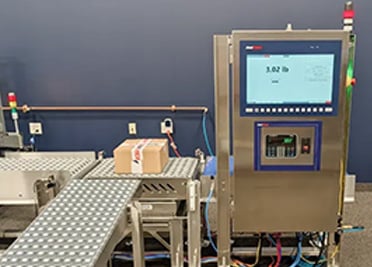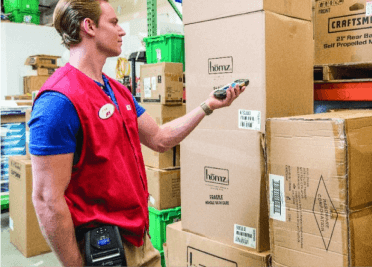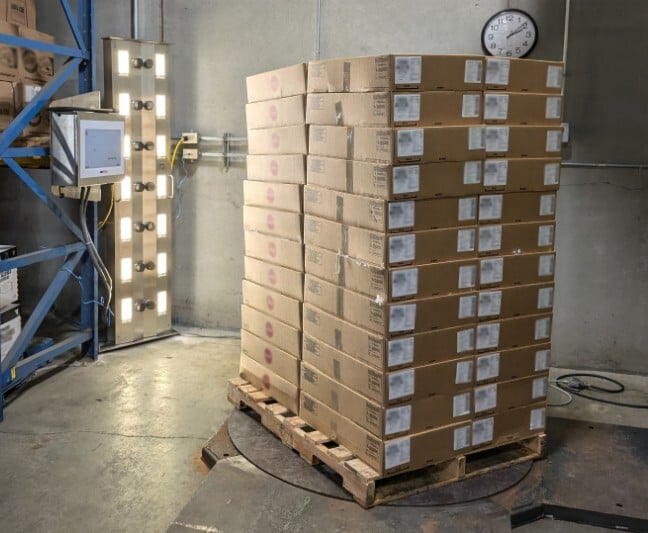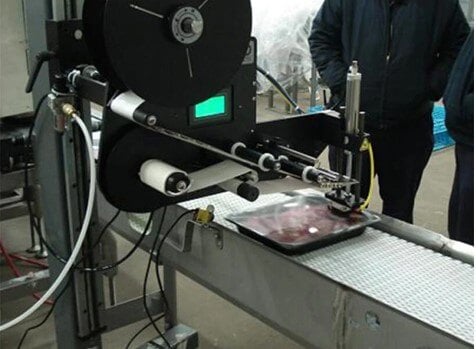The retail industry has gone through a number of dramatic shifts over the past year. With the COVID-19 pandemic creating a barrier between customers and brick-and-mortar stores, e-commerce increased by a massive 44% in 2020. This is only accelerating a trend that has existed for years, in which retail customers have been increasingly migrating toward either online channels or a blend of online and physical channels, such as buy online, pick up in store (BOPIS) or curbside pickup.
This shift places enormous pressure on retail warehouses and distribution centers (DC), particularly the front-line employees who have to manage a rapidly increasing number of orders. To compensate, warehouses have been hiring a record number of employees in recent months. Over 1.25 million workers were hired in the warehouse and storage sector in September 2020 alone, more than any other period in the last 10 years.
But does this hiring spree solve retailers’ e-commerce dilemma?
Even if there is a large employee pool to staff from, there are still numerous challenges that warehouse and DC operators face, including:
- Hiring: New hires take a considerable amount of time to train and need to work alongside experienced front-line employees that can assist with questions and issues.
- Customer demand: Fluctuations in e-commerce traffic, whether due to future pandemic impacts or other disruptive factors, can be tricky to account for in labor forecasting and scheduling processes. As a result, warehouses may be left either understaffed or overstaffed.
- Workforce management practices: Manual scheduling processes can be inaccurate. They also keep warehouse managers in the back room creating and modifying schedules instead of coaching and assisting new front-line employees.
Even the best managers may not have visibility into all the variables that affect how many employees a warehouse needs at any given time. And the things they do have visibility into, such as employee preferences and skillsets, may be difficult to keep track of day to day, especially when managing a sizeable workforce and a number of other operational priorities.
Without an intelligent system to do much of this work for warehouse managers, even a massive investment in hiring new employees won’t alleviate tension from today’s industry pressures.
IMPROVING WAREHOUSE OPERATIONS WITH DYNAMIC WORKFORCE SCHEDULING
Many of these problems can be solved with an intelligent workforce management system that automates labor optimization processes and provides a complete solution for streamlining labor budgets, forecasts, and schedules. These solutions can quickly detect changes in data patterns and create best-fit forecasting models to account for warehouse workload, employee preferences, corporate equity rules, labor laws and regulations, and much more. This ensures warehouses have more accurate labor forecasts and schedules during periods of increased demand or other disruption. It also gives managers time to coach newly hired front-line employees, which helps to boost morale and productivity.
Here are a few of the ways that intelligent workforce forecasting and scheduling systems can help improve execution and workforce productivity:
- Respond to Rapid Changes in Warehouse Workload
The volume of e-commerce transactions will certainly continue to shift wildly in the coming months and years. Whether it’s due to changes in the severity of the pandemic, or changes in shopping trends and methods, it’s critical your warehouses are able to quickly adapt and staff in response to external pressures and customer demand.
An intelligent workforce management solution can detect when these changes are taking place and provide specific recommendations about when and where to modify staffing at each location. In turn, there should always be enough front-line employees scheduled to manage all of the online orders than come through, which builds confidence among both store managers and customers that they’ll receive the correct orders in a timely manner.
- Improve Employee Engagement and Morale
The COVID-19 pandemic completely changed the responsibilities of front-line employees. Many employees had children that were in schools using hybrid or distance learning, as well as elderly or disabled relatives that needed extra assistance due to high risk factors. All of this drastically changed when and how employees were able to work at warehouses, with many changing schedule preferences or modifying existing schedules to accommodate these new personal responsibilities. Even as vaccination rollouts continue and efforts are made to reopen schools, stores and care facilities, many employees will continue to need flexible, accurate labor schedules in order to be engaged and productive during their shifts.
By automating labor scheduling and optimizing schedules to account for employee preferences and needs, warehouse and DC managers can ensure front-line employees get schedules that work best for them – which, in turn, helps them put their best foot forward when they come to work. Because labor forecasts are more accurate, employees get fair and equitable schedules with more consistent hours and see fewer last-minute changes, all of which helps improve morale and reduce turnover.
- Easily Manage New and Upcoming Labor Regulations
Even before COVID-19 introduced an array of new labor regulations, predictive scheduling laws had been expanding throughout the United States. Many states or cities that have passed predictive scheduling legislation are continuing to modify them over time as well. For example, Chicago requires employers to provide employees with 10 days advance notice of their work schedule right now, but this will increase to 14 days on July 1, 2022. All of these various rules and regulations are difficult to keep track of, and noncompliance can frustrate employees and cost a considerable amount in fines.
Intelligent workforce management software automatically factors in all of the labor laws and regulations that apply to each warehouse or DC location, ensuring that employees can get accurate schedules in a timely manner. In addition, since these systems digitally store and organize schedules, it’s easy to comply with predictive scheduling laws that require extensive recordkeeping. This also takes the burden of scheduling off managers who would otherwise have to navigate all these regulations on their own.
THE TAKEAWAY
Disruption is the norm in the retail industry. While 2020 was a unique year, there will certainly be more challenges ahead. Leveraging intelligent workforce management systems can reduce the impact of disruptive events by making it easy to create the precise labor schedules needed to improve execution, boost employee morale, and keep warehouse operations running smoothly as supply, demand and labor availability fluctuate.
To learn more, contact our AbeTech Solution Experts today!
